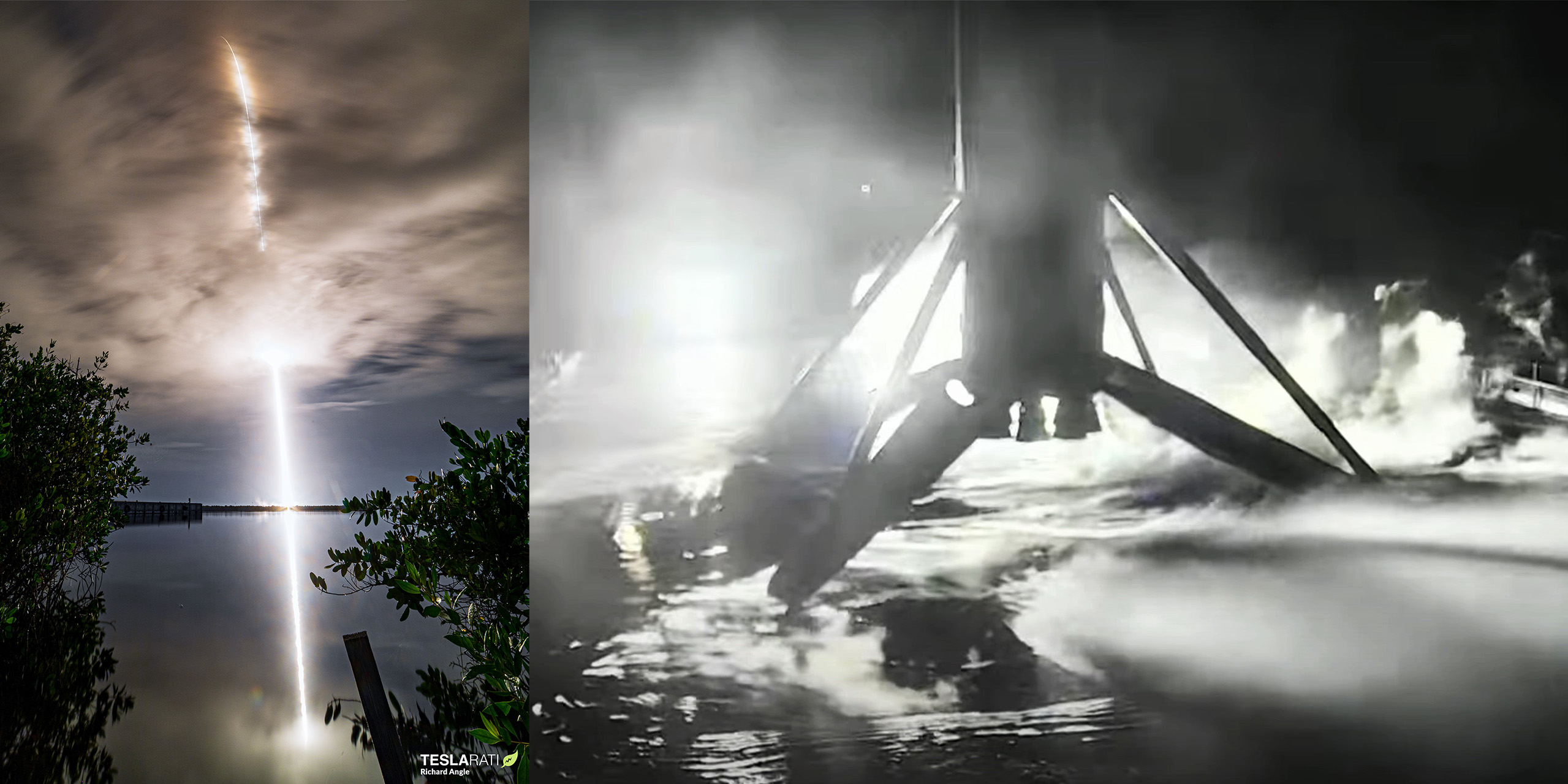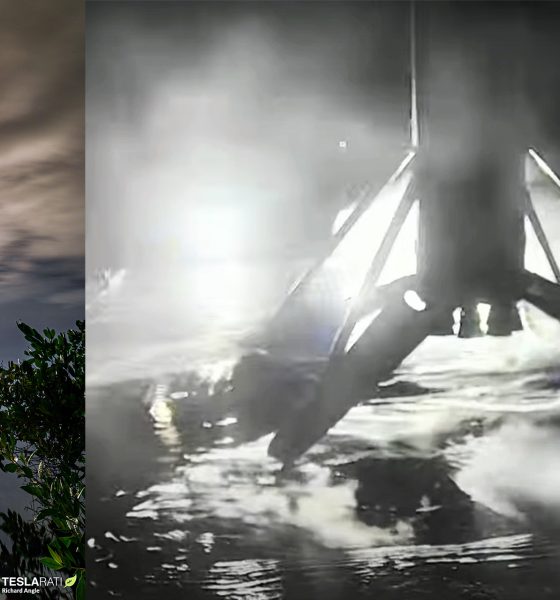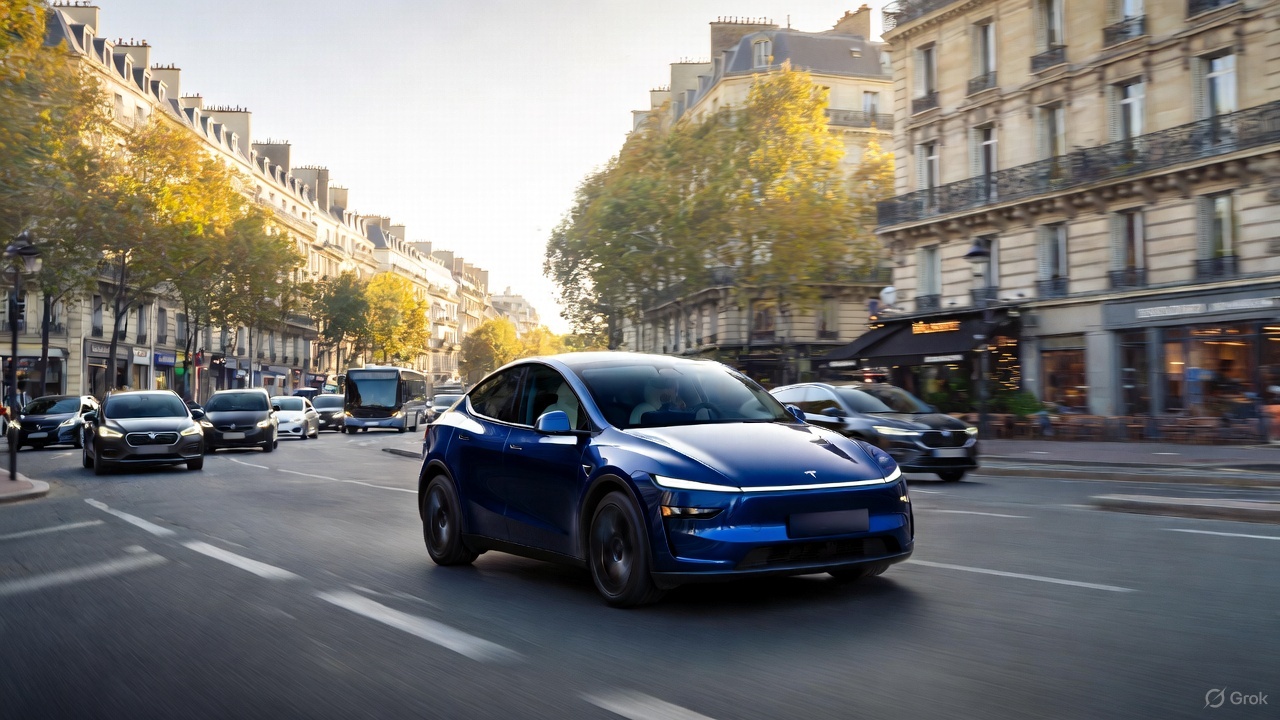

News
SpaceX aces fifth astronaut launch in a year and half
Less than 18 months after its first crewed launch, SpaceX’s Crew Dragon spacecraft and Falcon 9 rocket have successfully completed their fifth astronaut launch, sending a crew of four on their way to the International Space Station (ISS).
After ~10 days of weather and sequencing delays and two days after Crew-2 astronauts returned to Earth in a separate Dragon, once-flown Falcon 9 booster B1067 and new Crew Dragon capsule C210 (christened Endeavour) lifted off at 9:03pm EST on Wednesday, November 10th with four Crew-3 astronauts aboard.
For NASA astronauts Raja Chari, Thomas Marshburn, and Kayla Barron, and ESA astronaut Matthias Maurer, the launch is just the beginning of a more than six-month stint in low Earth orbit. When they arrive at the ISS around 7pm EST, November 11th, they’ll join one other NASA astronaut and two Russian cosmonauts – temporarily left for three days as a bit of a skeleton crew after Crew-2’s departure. Nominally, Crew-3 would have launched before Crew-2 to allow a true on-orbit hand-off with zero interruption, but poor weather ultimately led NASA to flip the order of operations at the last minute.
With just a few days to prepare, SpaceX and NASA managed to make that significant change happen and Crew-2 returned around 10pm EST on November 8th. Less than two days later, thanks to a near-perfect recovery, Crew-3 lifted off and is now in orbit and on the way to the ISS. SpaceX’s 24th launch of the year, Crew-3 is also its fifth astronaut launch since Demo-2, which saw the company launch its first crewed test flight – carrying two NASA astronauts – on May 30th, 2020.
Relative to other crewed spacecraft, completing the first five astronaut launches in less than a year and a half is no small feat. Crew Dragon is by no means the fastest to reach that five-flight milestone and is actually middle of the pack but a simple list of names and numbers belies the fact that every other spacecraft on that list was developed by a government agency with far more power over their budgets. Crew Dragon’s development, on the other hand, was funded and overseen by NASA but it was fully managed, designed, and built by private company SpaceX under a fixed-price contract.
| Spacecraft | Time to 5 Crewed Flights |
| Gemini | 267d | 8 months 22 days |
| Apollo CSM | 278d | 9 months 5 days |
| Soyuz 7K | 351d | 11 months 16 days |
| Soyuz MS | 386d | 12 months 21 days |
| Mercury | 516d | 16 months 28 days |
| Crew Dragon | 529d | 17 months 11 days |
| Soyuz TM | 571d | 18 months 24 days |
| Shuttle | 578d | 18 months 30 days |
| Soyuz TMA-M | 646d | 21 months 7 days |
| Soyuz TMA | 715d | 23 months 14 days |
| Soyuz T | 749d | 24 months 19 days |
| Vostok | 793d | 26 months 2 days |
| Shenzhou | 3542d | 116 months 11 days |
SpaceX is also on track to launch Axiom-1 (the first all-private astronaut mission to the ISS) and Crew-4 – Dragon’s sixth and seventh astronaut launches – before the second anniversary of Demo-2. Of those seven scheduled launches, four will have been completed for NASA in less than 18 months – a launch cadence the space agency never expected its Commercial Crew Program partners would need to support. However, partner Boeing has unfortunately mismanaged its Starliner spacecraft development, causing multiple in-flight anomalies and ultimately incurring years of delays. Originally scheduled to perform its equivalent of Dragon’s Demo-2 test flight (CFT) in 2020, Starliner’s first crewed launch is now highly unlikely to occur before 2023.
As a result, NASA has been forced to lean entirely on SpaceX and SpaceX has had to pick up the slack and rapidly learn how to operate Crew Dragon at twice its planned cadence. Thankfully, despite the fact that Crew Dragon will ultimately cost NASA ~40% and $2 billion less than Starliner, SpaceX has more than managed to rise to the challenge and ensure that NASA has had uninterrupted access to the ISS since November 2020. Crew-3 continues that uninterrupted access – a service that Crew Dragon and SpaceX alone are now likely to provide until at least early to mid-2023.

News
Man credits Grok AI with saving his life after ER missed near-ruptured appendix
The AI flagged some of the man’s symptoms and urged him to return to the ER immediately and demand a CT scan.

A 49-year-old man has stated that xAI’s Grok ended up saving his life when the large language model identified a near-ruptured appendix that his first ER visit dismissed as acid reflux.
After being sent home from the ER, the man asked Grok to analyze his symptoms. The AI flagged some of the man’s symptoms and urged him to return immediately and demand a CT scan. The scan confirmed that something far worse than acid reflux was indeed going on.
Grok spotted what a doctor missed
In a post on Reddit, u/Tykjen noted that for 24 hours straight, he had a constant “razor-blade-level” abdominal pain that forced him into a fetal position. He had no fever or visible signs. He went to the ER, where a doctor pressed his soft belly, prescribed acid blockers, and sent him home.
The acid blockers didn’t work, and the man’s pain remained intense. He then decided to open a year-long chat he had with Grok and listed every detail that he was experiencing. The AI responded quickly. “Grok immediately flagged perforated ulcer or atypical appendicitis, told me the exact red-flag pattern I was describing, and basically said “go back right now and ask for a CT,” the man wrote in his post.
He copied Grok’s reasoning, returned to the ER, and insisted on the scan. The CT scan ultimately showed an inflamed appendix on the verge of rupture. Six hours later, the appendix was out. The man said the pain has completely vanished, and he woke up laughing under anesthesia. He was discharged the next day.
How a late-night conversation with Grok got me to demand the CT scan that saved my life from a ruptured appendix (December 2025)
byu/Tykjen ingrok
AI doctors could very well be welcomed
In the replies to his Reddit post, u/Tykjen further explained that he specifically avoided telling doctors that Grok, an AI, suggested he get a CT scan. “I did not tell them on the second visit that Grok recommended the CT scan. I had to lie. I told them my sister who’s a nurse told me to ask for the scan,” the man wrote.
One commenter noted that the use of AI in medicine will likely be welcomed, stating that “If AI could take doctors’ jobs one day, I will be happy. Doctors just don’t care anymore. It’s all a paycheck.” The Redditor replied with, “Sadly yes. That is what it felt like after the first visit. And the following night could have been my last.”
Elon Musk has been very optimistic about the potential of robots like Tesla Optimus in the medical field. Provided that they are able to achieve human-level articulation in their hands, and Tesla is able to bring down their cost through mass manufacturing, the era of AI-powered medical care could very well be closer than expected.
News
Tesla expands Model 3 lineup in Europe with most affordable variant yet
The Model 3 Standard still delivers more than 300 miles of range, potentially making it an attractive option for budget-conscious buyers.

Tesla has introduced a lower-priced Model 3 variant in Europe, expanding the lineup just two months after the vehicle’s U.S. debut. The Model 3 Standard still delivers more than 300 miles (480 km) of range, potentially making it an attractive option for budget-conscious buyers.
Tesla’s pricing strategy
The Model 3 Standard arrives as Tesla contends with declining registrations in several countries across Europe, where sales have not fully offset shifting consumer preferences. Many buyers have turned to options such as Volkswagen’s ID.3 and BYD’s Atto 3, both of which have benefited from aggressive pricing.
By removing select premium finishes and features, Tesla positioned the new Model 3 Standard as an “ultra-low cost of ownership” option of its all-electric sedan. Pricing comes in at €37,970 in Germany, NOK 330,056 in Norway, and SEK 449,990 in Sweden, depending on market. This places the Model 3 Standard well below the “premium” Model 3 trim, which starts at €45,970 in Germany.
Deliveries for the Standard model are expected to begin in the first quarter of 2026, giving Tesla an entry-level foothold in a segment that’s increasingly defined by sub-€40,000 offerings.
Tesla’s affordable vehicle push
The low-cost Model 3 follows October’s launch of a similarly positioned Model Y variant, signaling a broader shift in Tesla’s product strategy. While CEO Elon Musk has moved the company toward AI-driven initiatives such as robotaxis and humanoid robots, lower-priced vehicles remain necessary to support the company’s revenue in the near term.
Reports have indicated that Tesla previously abandoned plans for an all-new $25,000 EV, with the company opting to create cheaper versions of existing platforms instead. Analysts have flagged possible cannibalization of higher-margin models, but the move aims to counter an influx of aggressively priced entrants from China and Europe, many of which sell below $30,000. With the new Model 3 Standard, Tesla is reinforcing its volume strategy in Europe’s increasingly competitive EV landscape.
News
Tesla FSD (Supervised) stuns Germany’s biggest car magazine
FSD Supervised recognized construction zones, braked early for pedestrians, and yielded politely on narrow streets.

Tesla’s upcoming FSD Supervised system, set for a European debut pending regulatory approval, is showing notably refined behavior in real-world testing, including construction zones, pedestrian detection, and lane changes, as per a recent demonstration ride in Berlin.
While the system still required driver oversight, its smooth braking, steering, and decision-making illustrated how far Tesla’s driver-assistance technology has advanced ahead of a potential 2026 rollout.
FSD’s maturity in dense city driving
During the Berlin test ride with Auto Bild, Germany’s largest automotive publication, a Tesla Model 3 running FSD handled complex traffic with minimal intervention, autonomously managing braking, acceleration, steering, and overtaking up to 140 km/h. It recognized construction zones, braked early for pedestrians, and yielded politely on narrow streets.
Only one manual override was required when the system misread a converted one-way route, an example, Tesla stated, of the continuous learning baked into its vision-based architecture.
Robin Hornig of Auto Bild summed up his experience with FSD Supervised with a glowing review of the system. As per the reporter, FSD Supervised already exceeds humans with its all-around vision. “Tesla FSD Supervised sees more than I do. It doesn’t get distracted and never gets tired. I like to think I’m a good driver, but I can’t match this system’s all-around vision. It’s at its best when both work together: my experience and the Tesla’s constant attention,” the journalist wrote.
Tesla FSD in Europe
FSD Supervised is still a driver-assistance system rather than autonomous driving. Still, Auto Bild noted that Tesla’s 360-degree camera suite, constant monitoring, and high computing power mark a sizable leap from earlier iterations. Already active in the U.S., China, and several other regions, the system is currently navigating Europe’s approval pipeline. Tesla has applied for an exemption in the Netherlands, aiming to launch the feature through a free software update as early as February 2026.
What Tesla demonstrated in Berlin mirrors capabilities already common in China and the U.S., where rival automakers have rolled out hands-free or city-navigation systems. Europe, however, remains behind due to a stricter certification environment, though Tesla is currently hard at work pushing for FSD Supervised’s approval in several countries in the region.








